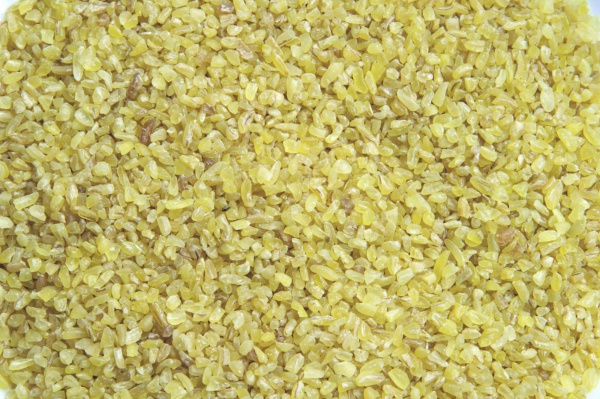Facts About Bulgur
Bulgur is a flavorful cereal food made from cracked, parboiled groats of various wheat species, primarily durum wheat. Originating from Middle Eastern cuisine, it is distinct from cracked wheat because it is parboiled. This staple in Middle Eastern and Mediterranean diets boasts a light, nutty flavor and is recognized as a whole grain by the USDA. Bulgur is available in different grinds, ranging from fine to extra coarse, and high-quality bulgur has uniform particle sizes.
One of the remarkable aspects of bulgur is that it doesn’t require cooking—simply soaking it in water is sufficient. It can be used in a variety of dishes, such as porridge, breakfast cereals, salads like kısır, pilafs, bread, and even desserts like kheer. It is a key ingredient in kibbeh and tabbouleh salad and can easily replace rice or couscous in many recipes. In Indian and Pakistani cuisine, bulgur is used to prepare both sweet and savory porridge. Armenians are known for their bulgur pilaf, while Cypriots enjoy bulgur köftesi, which can be stuffed with either meat or vegetarian fillings. In some regions of Saudi Arabia, bulgur is referred to as jarish.

 Afghanistan
Afghanistan